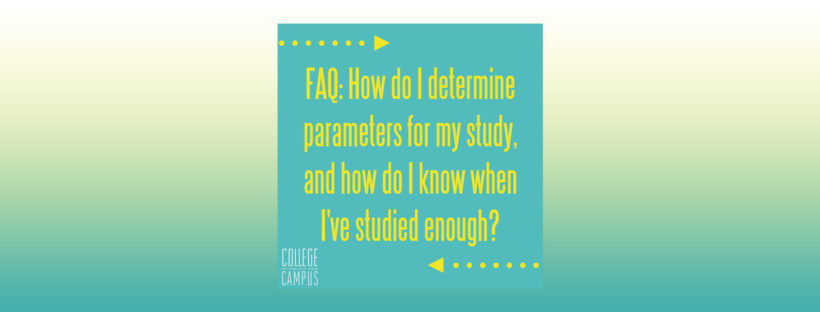Q: How do I determine parameters for my study, and how do I know when I’ve studied enough?
A: This is a difficult aspect of credit-by-exam testing; however, with each test you take, you have more experience to gauge this for yourself. The three things that helped me know that I was studying relevant information were the test outline from the test creator, pretests, and the Exam Specific threads on DegreeForum.net.
The test outline is the number one source to help you choose the resources you will use because it shows how much emphasis the test will place on individual subject areas. Pretests, especially those from the test creator, will indicate if you are studying the right topics and give you ideas of concepts to review. After you take around three tests, you will learn how your practice test scores translate to actual test scores, and how familiar you need to be with a subject to be comfortable in the test room.
The Exam Specific thread can help you pinpoint how ready you are to test. You’ll find practical suggestions such as: Did you nearly ace Peterson’s practice test? You’re probably ready to test because Peterson’s practice test for this subject is harder than the actual exam. Have you extensively studied topic X? Good, because the test focuses on it.
![]()



